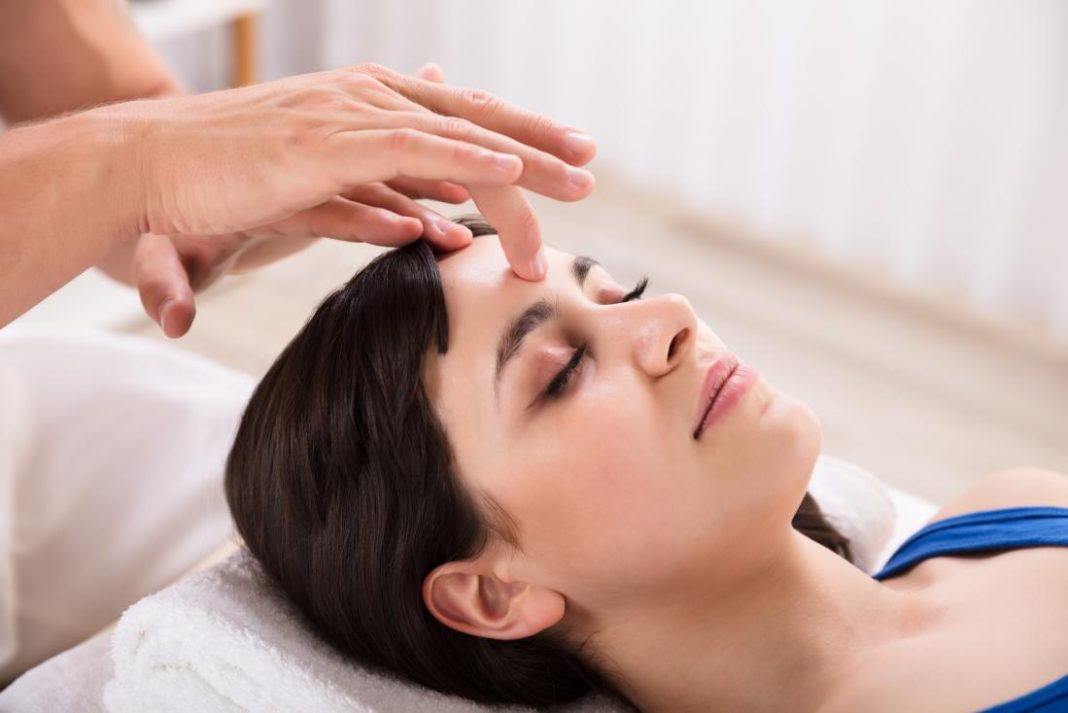Migraines can be debilitating, affecting millions of people worldwide. While medications are commonly used for relief, there’s a growing interest in alternative approaches such as acupressure. In this article, we will delve into the world of pressure points for migraines, exploring their potential benefits and understanding how they might provide relief.
The Ancient Wisdom of Acupressure
Traditional Chinese Medicine Perspective
Acupressure, rooted in Traditional Chinese Medicine (TCM), believes in the flow of vital energy, or “Qi,” through specific pathways in the body called meridians. By applying pressure to certain points along these meridians, practitioners aim to balance the flow of Qi and promote overall well-being.
Scientific Considerations
While the scientific community may not fully endorse the metaphysical aspects of TCM, studies have shown that acupressure can stimulate the release of endorphins, the body’s natural painkillers, and improve blood circulation. These physiological responses may contribute to migraine relief.
Key Pressure Points for Migraines
1. Yintang (Third Eye Point)
Located between the eyebrows, the Yintang point is believed to alleviate stress and tension, making it a popular choice for migraine relief. Gently press this point for about 1-2 minutes while taking slow, deep breaths.
2. Tai Chong (Liver 3)
Situated on the top of the foot, between the big toe and the second toe, Tai Chong is thought to promote the smooth flow of Qi and reduce headaches. Apply firm pressure with your thumb for 2-3 minutes, repeating as needed.
3. Hegu (LI4)
Found between the thumb and index finger, Hegu is a well-known acupressure point for various ailments, including migraines. Applying steady pressure for 2-3 minutes may help alleviate headache symptoms.
4. Shuaigu (GB8)
Located on the head, above the ear, Shuaigu is associated with relieving migraines and headaches. Gently massage this area with circular motions for 2-3 minutes, paying attention to any tenderness.
The Art of Proper Technique
Mindful Application
Effective acupressure requires a calm and focused approach. Find a quiet space, sit or lie down comfortably, and take a few deep breaths to relax your body and mind before applying pressure to the identified points.
Consistency is Key
While acupressure can offer immediate relief for some, consistent practice may lead to more sustained benefits. Incorporate these techniques into your daily routine, whether as a preventative measure or as part of your migraine management plan.
Caveats and Considerations
Individual Variability
It’s important to note that responses to acupressure can vary from person to person. What works for one individual may not work for another, and the effectiveness of pressure points may depend on the root cause of the migraines.
Consultation with Healthcare Professionals
Before embarking on any alternative therapy, it is crucial to consult with healthcare professionals. Acupressure should complement, not replace, conventional medical treatments. Inform your healthcare provider about your intention to explore acupressure for migraine relief.
Conclusion
Exploring pressure points for migraines is a fascinating journey that blends ancient wisdom with modern understanding. While acupressure may not be a cure-all, its potential benefits in relieving migraine symptoms make it a promising avenue for those seeking natural and holistic approaches to managing this debilitating condition. Remember, individual experiences may vary, and it’s crucial to approach alternative therapies with an open mind and a balanced perspective, consulting with healthcare professionals along the way.










